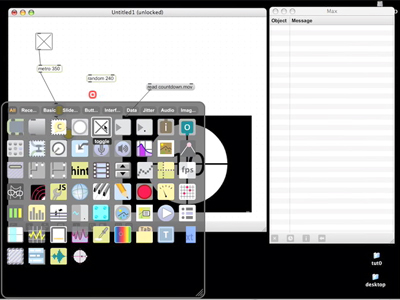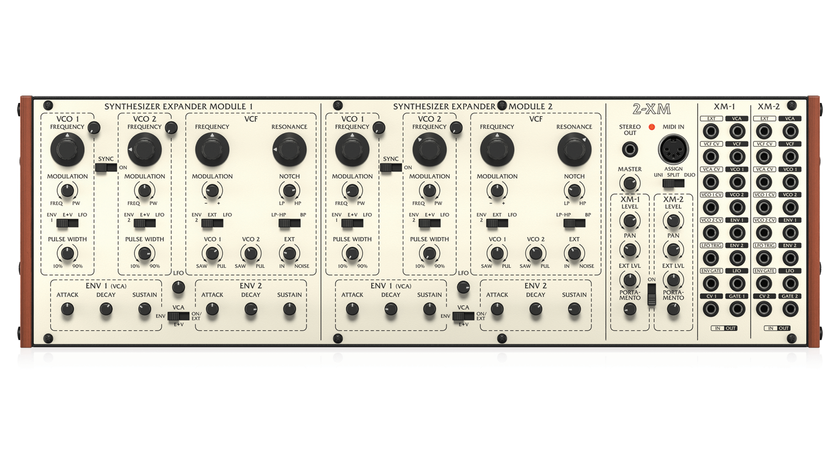Max/MSP diary: the big idea
One man's journey into geek-tech utopia

If you've heard of Max/MSP, the "interactive graphical programming environment" that allows you to create your own synths, samplers, effects and more from scratch, I'll assume you reside in one of two camps.
Either (a) you can use Max, and sit in your tent every evening making mind-boggling patches with a vodka martini in your hand and a smug, a self-satisfied grin on your face; or (b) like me, you'd love to be able to use Max but have never mustered the courage to dive into the world of what's probably the most involved music software around.
If you live in camp (a), then well done - have another cocktail on me. If, however, you live in camp (b), I have some sad news for you: I'm leaving the camp for new, greener pastures. I've decided to learn how to use Max/MSP.
Payday has come (and oh-so-quickly gone again) and I've bought myself a MacBook. The generous folks at Cycling '74 have sent MusicRadar a few copies of their newest version of Max - number 5 - and I've taken one home. I'm tooled up. I'm ready.
"My goal is to find out whether Max/MSP can be learnt by anyone, how easy it is, and, crucially, is it worth it?"
But why am I telling you, you ask? Well, the answer is two-fold.
Firstly, because I've decided to share my experiences over a long-term blog, documenting the progress of an average music maker in learning what's regarded by many as the most powerful yet complicated music software in the world. I'll send back postcards containing everything for hints and tips, resources I stumble upon, stories of my failures and trophies of any success. My goal is to find out whether Max/MSP can be learnt by anyone, how easy it is and, crucially, whether it's worth it.
Secondly, because I need someone to forward my mail.
Get the MusicRadar Newsletter
Want all the hottest music and gear news, reviews, deals, features and more, direct to your inbox? Sign up here.
Max creativity
When programming in Max, you use virtual patch leads to hook together 'objects' (each of which performs a different task like generating a random number or processing a bit of MIDI), gradually creating a larger 'program' to do your musical bidding.
It's a full-on, 0s and 1s music application and is thus incredibly powerful - in fact, it's actually one of those rare technologies for which the hackneyed phrase 'the only limit is your imagination' rings true. Radiohead use it, Autechre use it, Aphex Twin uses it; all because it's a program that can make the exact sounds you want. However, it's this level of involvement that can make the program so intimidating.
But how hard can it be, really?
The newly released version 5 is the biggest overhaul of the software in years, and a host of new features - plus a whole new set of tutorials - is promised. Accessibility was clearly on Cycling '74's mind when designing the update and as a result, version 5 is slicker, better looking, easier to use and generally more cuddly than its predecessors.
Cuddliness aside though, I'm not expecting it to be easy. However good the UI, debug features and tutorials are, this is a program that (through no fault of its design) requires serious effort and input from the user. At its core Max, is a programming language and there aren't going to be any shortcuts on offer.
I'm determined though. I'll report back with part one of my journey soon…
Next (Part 2: getting started)












![Chris Hayes [left] wears a purple checked shirt and plays his 1957 Stratocaster in the studio; Michael J. Fox tears it up onstage as Marty McFly in the 1985 blockbuster Back To The Future.](https://cdn.mos.cms.futurecdn.net/nWZUSbFAwA6EqQdruLmXXh-840-80.jpg)